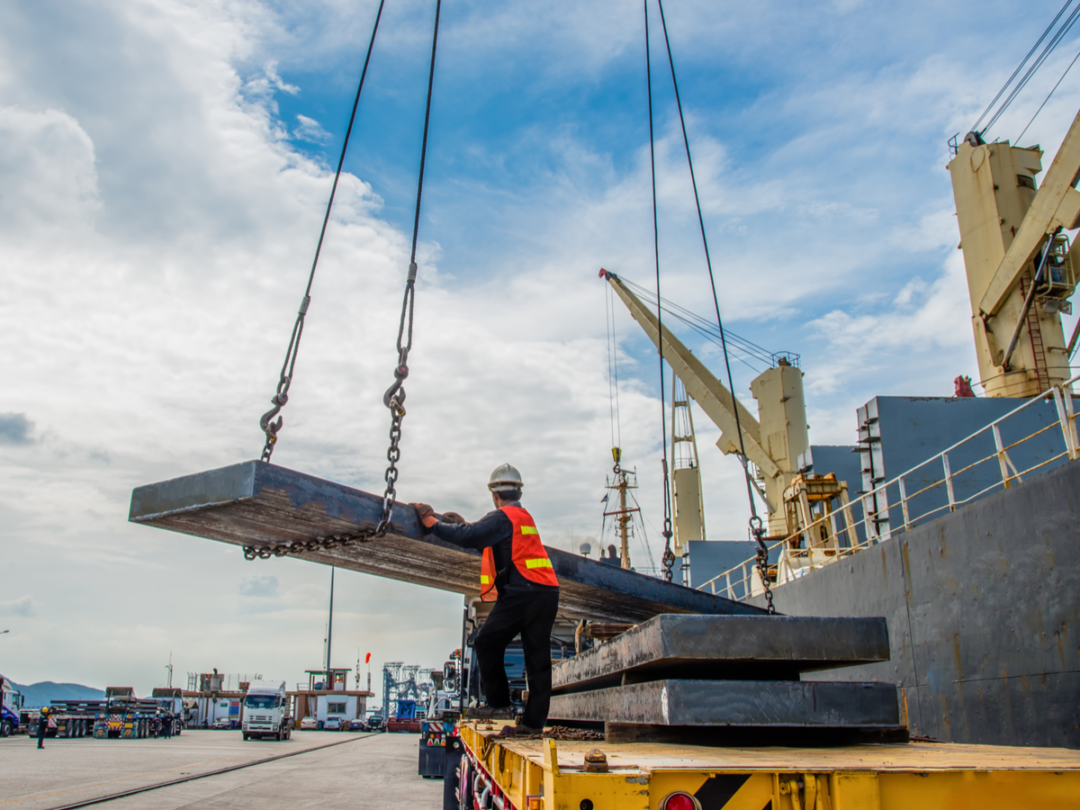
Visit Our Sponsors |
|
|
|
|
|
|
|
|
|
|
|
|
|
|
|
|
|
|
|
|
|
|
|
|
|
|
|
|
|
|
|
|
|
|
|
|
|
|
|
|
|
|
|
|
|
|
|
|
|
|
|
|
|
|
|
|
|
|
|

U.S.-led trade wars and other protectionist actions aren’t going away any time soon, and consequences will impact companies for years to come.
The U.S. protectionist Section 201 tariffs on washers and solar panels; Section 232 tariffs on steel, aluminum and uranium; and Section 301 tariffs on China Intellectual Property, representing $32bn worth of new taxes on American business, have resulted in the U.S. posting an $891.2bn trade deficit in merchandise. As of this writing, increases to 25 percent tariffs were delayed while a “truce” between the U.S. and China transpires so they address their respective concerns. Companies should closely watch the progress on these discussions because the increased tariffs are predicted to amount to $129bn.
Companies should also keep an eye on China, the European Union, India, Turkey, Russia, Canada and Mexico, countries that have imposed $29.1bn in retaliatory tariffs on many goods that are essential to the U.S. economy. Both the U.S. tariffs and the retaliatory tariffs have caused increased costs to manufacturers, importers and consumers. Companies are reviewing their supply chains and are looking to move manufacturing operations from China to countries not subject to these tariffs. Companies which cannot quickly or cost-effectively move their manufacturing are looking at engineering design changes to their existing products to avoid the tariffs. Companies are scrambling to request exclusion from these tariffs; however, less than 25 percent of these requests have been approved because the government doesn’t have the resources to efficiently support the product exclusion process.
Another reality facing U.S. importers and exporters is that any progress on Canada or Mexico ratifying the replacement for Nafta (the U.S. Mexico-Canada Agreement, USMCA) will be stalled until the U.S. removes the Section 232 tariffs on aluminum and steel. And a USMCA implementation bill has yet to have been introduced to the U.S. Congress. There is fear that Congress’s failure to ratify USMCA would result in President Trump withdrawing from Nafta, which would put companies at a tremendous disadvantage having to pay duties and taxes on items that have been free for the past 25 years. With Canada and Mexico being the largest trading partners of the U.S., increasing the cost of goods traded between the North American countries could cripple all three economies.
Finally, U.S. exporters should be concerned that the United Kingdom is due to leave the European Union unless the U.K. somehow changes its own laws. As of this publication date, it is looking less and less likely that any trade deal will be settled between the EU and the U.K. and there will be no deal on the original “exit” date. As we wait for “Brexit” news, all companies should be preparing for all eventualities, which include: “Deal”, “No Deal” and, least likely, “No Brexit”.
The Outlook
Companies can’t avoid the trading realities that exist today. Therefore, companies must plan strategically so they can react swiftly to the challenges 2019 will certainly continue to bring.
To plan for the balance of 2019 and beyond, companies must leverage their existing operational data when building an effective strategy. Whether it’s China, the European Union, India, Turkey, Russia, Canada or Mexico — companies should have all potential scenarios and their impact mapped out with contingency plans.
Beth Pride is president of BPE Global.
RELATED CONTENT
RELATED VIDEOS
Timely, incisive articles delivered directly to your inbox.


